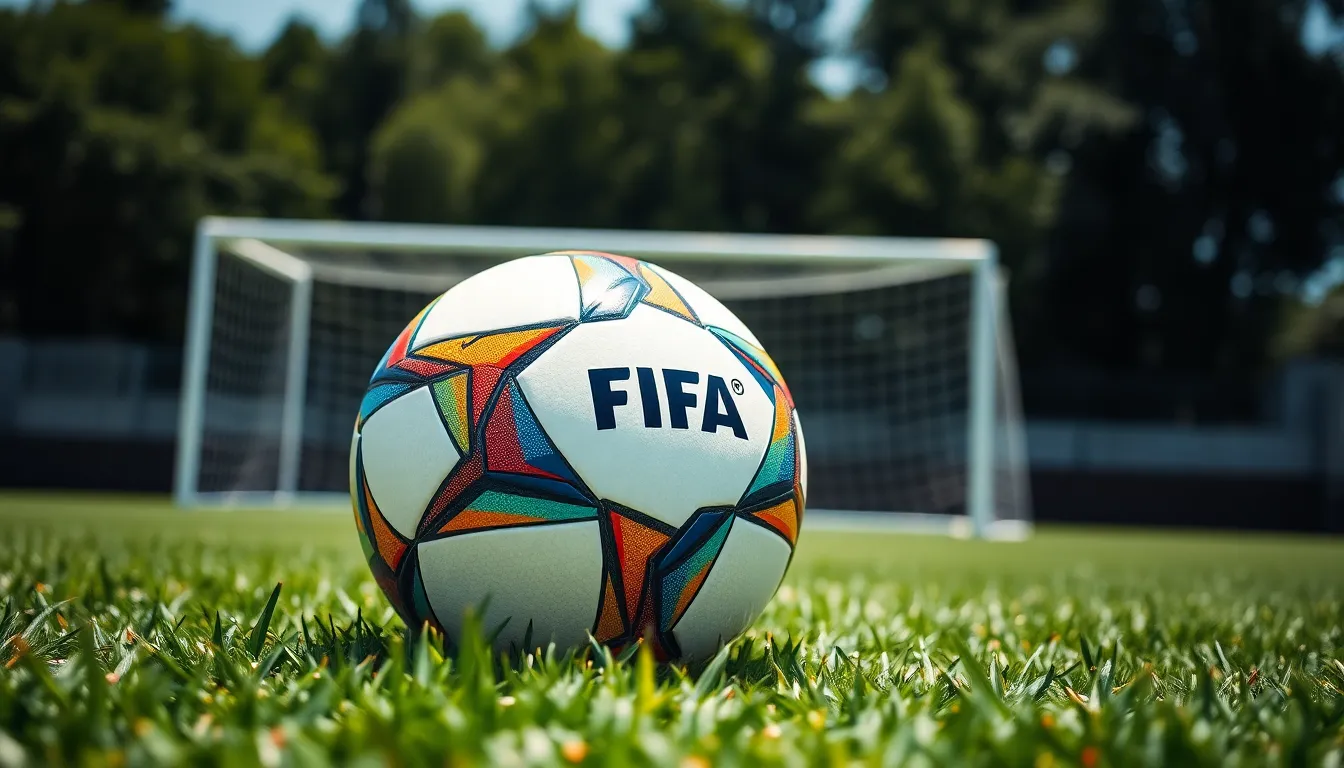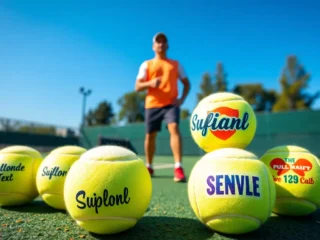
When searching for the perfect soccer ball, it’s easy to feel overwhelmed. You might ask yourself, “What makes a soccer ball FIFA approved?” Well, prepare for a kick-off into the intriguing realm of FIFA-approved soccer balls. These balls aren’t just your average playground variety: they undergo rigorous testing and meet specific standards. Let’s dive deep into FIFA approval standards, the process behind them, iconic balls, and how to choose the best one for your needs, all sprinkled with a dash of humor to keep things lively.
FIFA Approved Soccer Balls

The Importance of Certification
FIFA’s stamp of approval isn’t just for show. It signifies that the soccer ball meets rigorous international standards, essential for making sure players can perform at their best. A certified ball not only assures quality but also safety on the field. Would you want to play a match with a ball that might deflate or change shape at the worst moment? Not a chance.
Key Testing Criteria for Soccer Balls
FIFA doesn’t just nod and give out certificates willy-nilly. The certification process includes several key testing criteria:
- Weight: The ball must weigh between 410 to 450 grams, ensuring it’s not a feather or a stone.
- Circumference: A standardized size ranges from 68 to 70 cm, perfect for a good kick and a better aerial game.
- Sphericity: The ball should be as round as your grandmother’s favorite cookie. Any irregularity can throw off the game.
- Bounce and Water Absorption: They test how the ball behaves in different conditions, including those rainy day matches.
- Durability: Put that ball through its paces. It needs to endure all sorts of rough treatment.
These criteria help ensure that players have a reliable, consistent experience on the field.
The Process of FIFA Approval
The journey to becoming a FIFA-approved soccer ball is no walk in the park. First, manufacturers submit their design and samples to FIFA. These balls then undergo a battery of tests at FIFA’s quality control facilities. Here’s a quick overview of the approval process:
- Initial Submission: Manufacturers present their designs and a few sample balls to FIFA.
- Laboratory Testing: Each sample is meticulously evaluated in a lab, assessing everything from weight and size to bounce and durability.
- Field Testing: Once they pass the lab tests, they are taken for real-world tests, tested by professional athletes in actual match scenarios to ensure performance meets expectations.
- Final Review: Based on lab results and real-world feedback, FIFA decides if the ball earns its coveted approval.
This thorough process ensures that the soccer balls wearing the FIFA badge are ready for action, and more importantly, won’t embarrass anyone when it counts.
Popular FIFA Approved Soccer Balls
Iconic Soccer Balls in FIFA History
Throughout the decades, a few soccer balls have starred on the world stage, becoming legends in their own right.
- Adidas Tango España (1982): Revered for its unique design, this ball graced the feet of players during the 1982 World Cup.
- Adidas Brazuca (2014): Known for its excellent performance, the Brazuca was celebrated by players and fans alike during the World Cup held in Brazil.
- Nike Total 90 (2002): This ball featured groundbreaking design technology, elevating the game while ensuring excitement for everyone watching.
Each of these balls not only fulfilled FIFA’s approval requirements but also captured the imaginations of soccer fans worldwide.
The Evolution of Design and Technology
Soccer balls have come a long way from the leather spheres of yesteryear. Modern designs incorporate varied materials that enhance performance while reducing weight. New technology allows for better aerodynamics and more controlled flight paths, transforming how the game is played. Brands are continuously innovating. Picture this: a ball that can withstand crazy weather, maintain its perfect shape, and even offer better grip during those nail-biting matches. That’s the future of soccer balls.
Choosing the Right FIFA Approved Ball
Factors to Consider When Selecting a Ball
Choosing a FIFA-approved soccer ball can feel a bit daunting. Here are some key factors to keep in mind:
- Skill Level: Beginners may prefer lighter balls for ease of control, while seasoned players might opt for ones that offer better responsiveness.
- Playing Surface: Whether it’s a grass pitch, turf, or indoor, the ball’s material can affect performance.
- Match Conditions: If you’re often playing in wet weather, hydration-resistant balls are a must.
- Personal Preference: Some players have particular preferences for feel and grip. Always choose a ball that feels comfortable in your foot.
Understanding these factors can help narrow down the choices significantly.
Recommendations for Different Playing Conditions
A couple of recommendations based on conditions would be:
- For Wet Conditions: The Adidas Tango España is known for its water-resistant grip.
- For Indoor Play: The Nike Futsal ball is designed for agility and precision.
Whatever your playing style, always look for that FIFA-approved label. It makes a difference.






